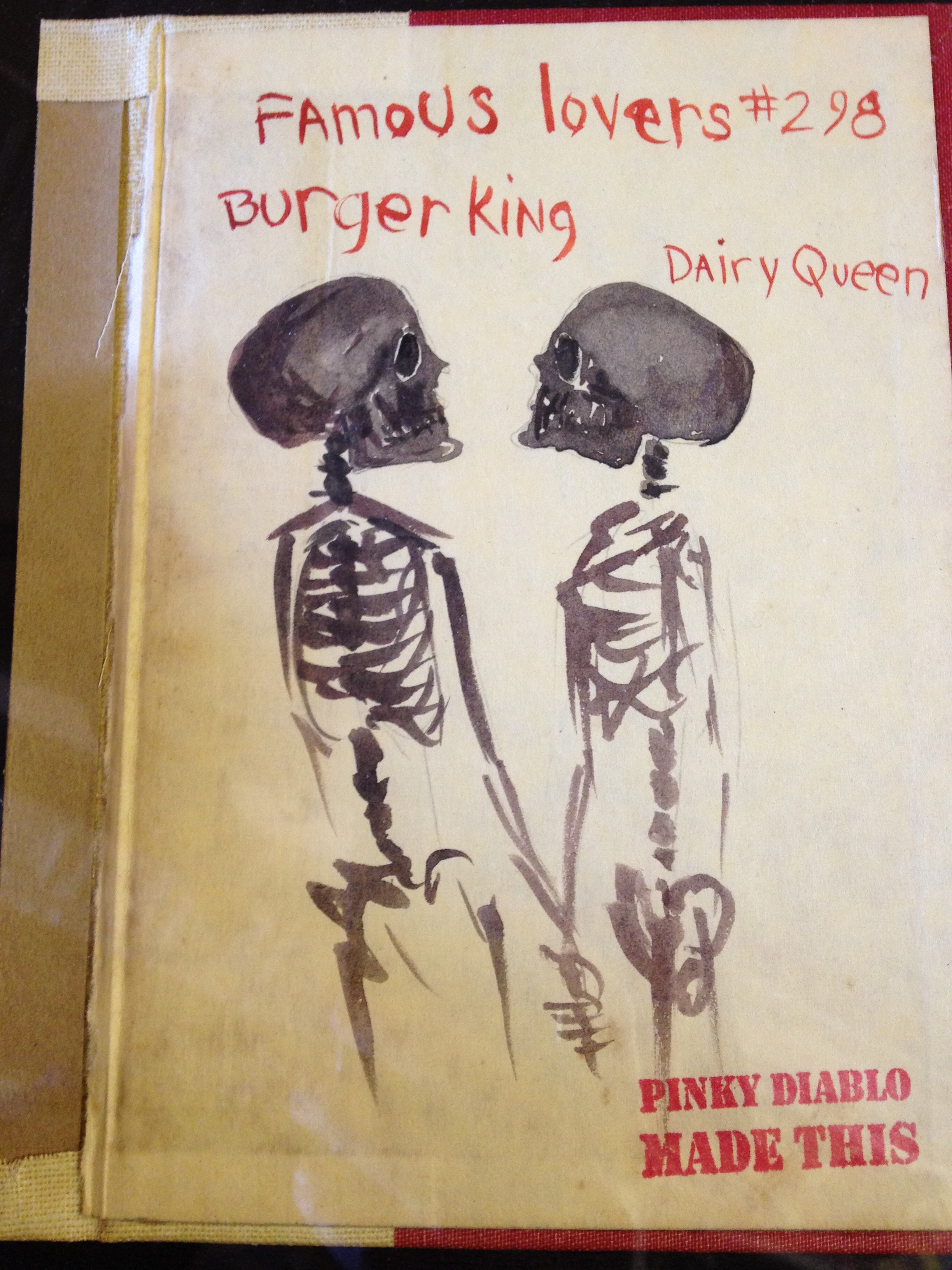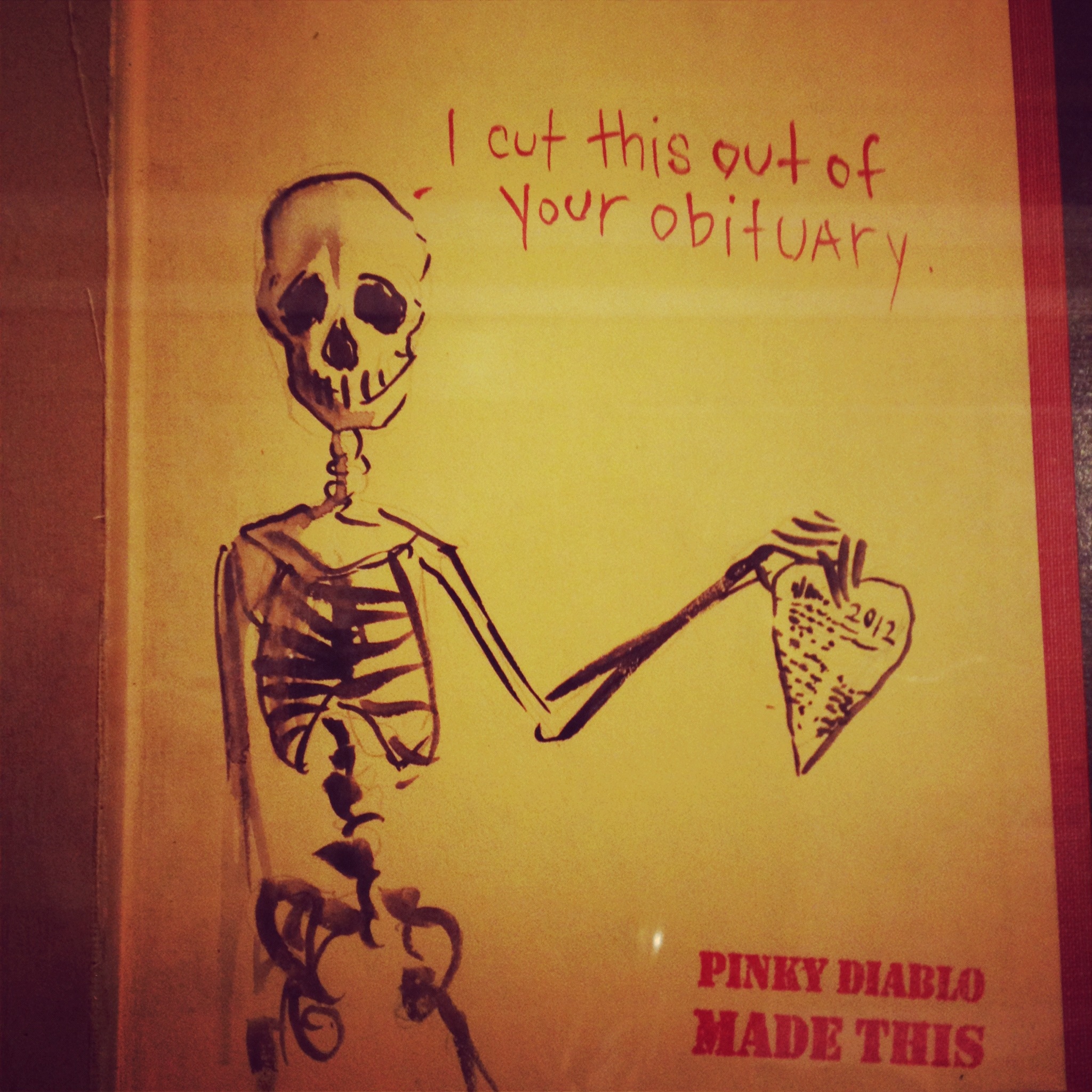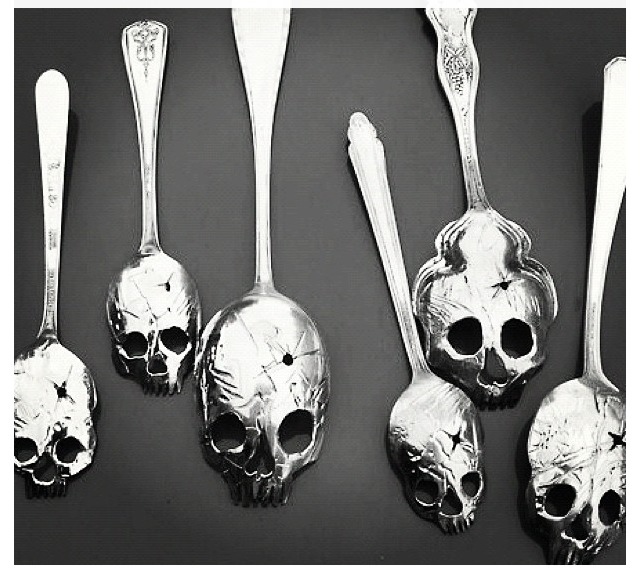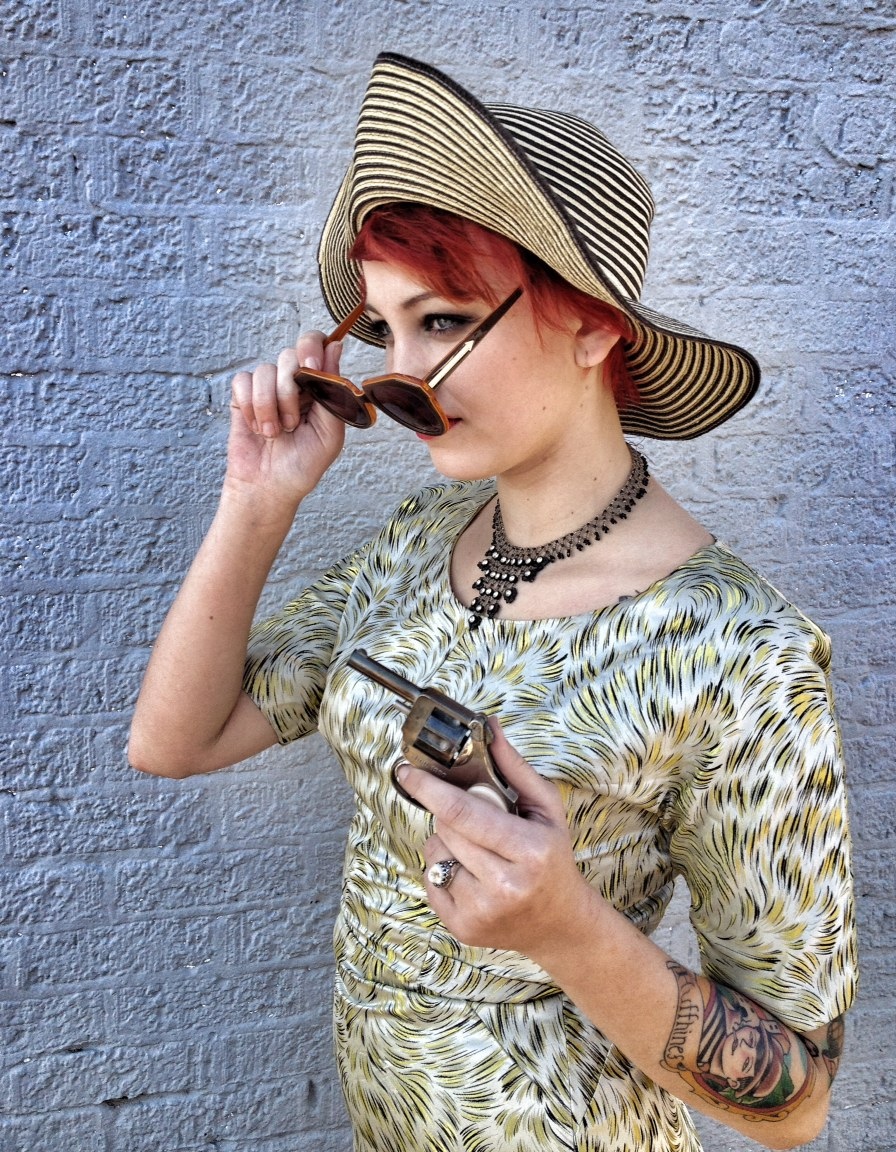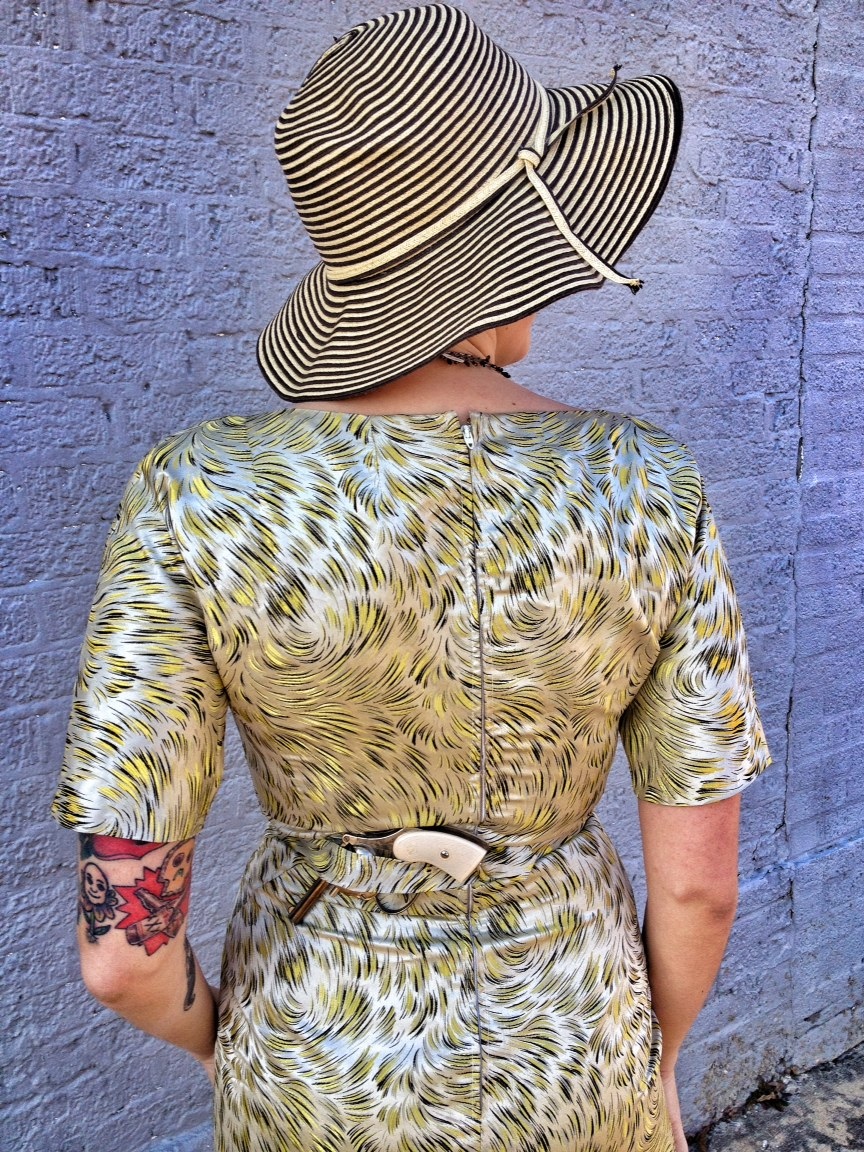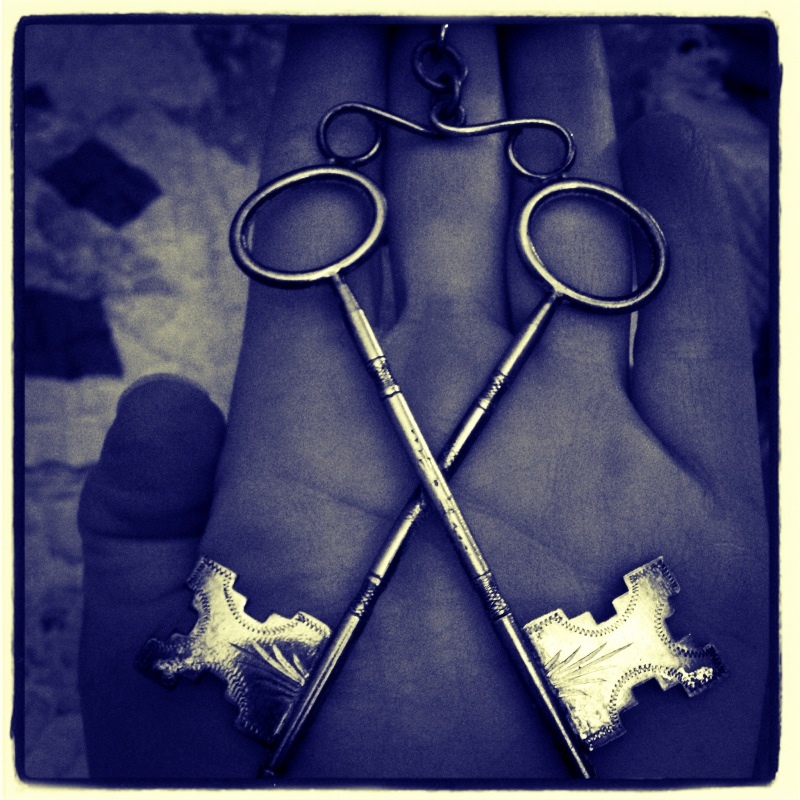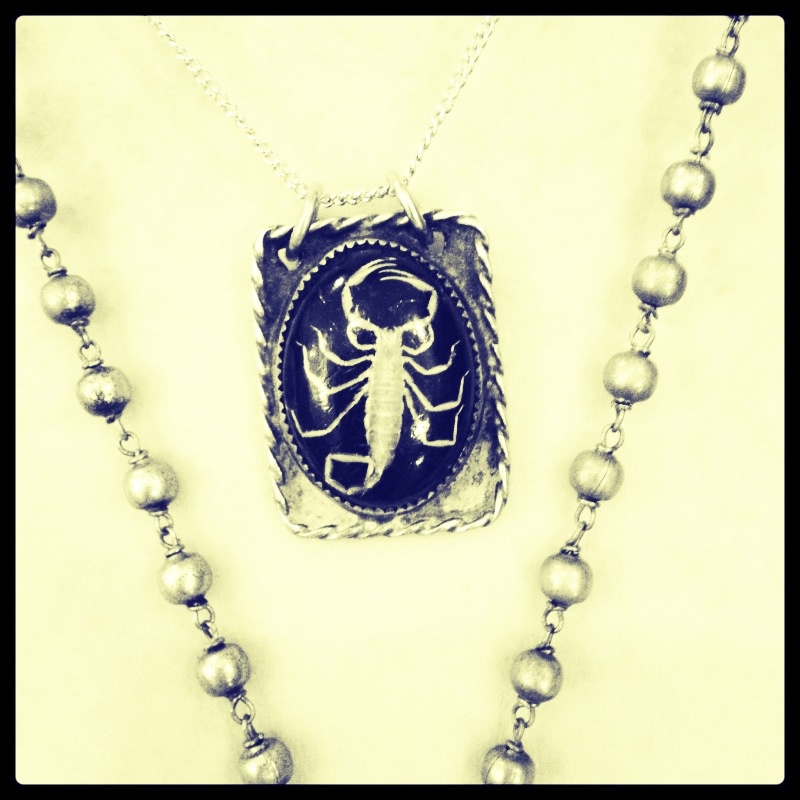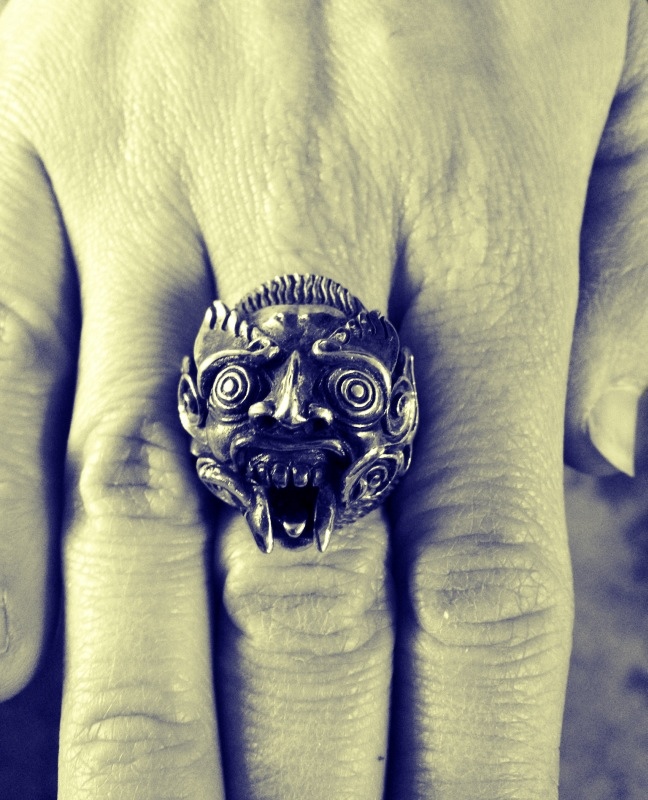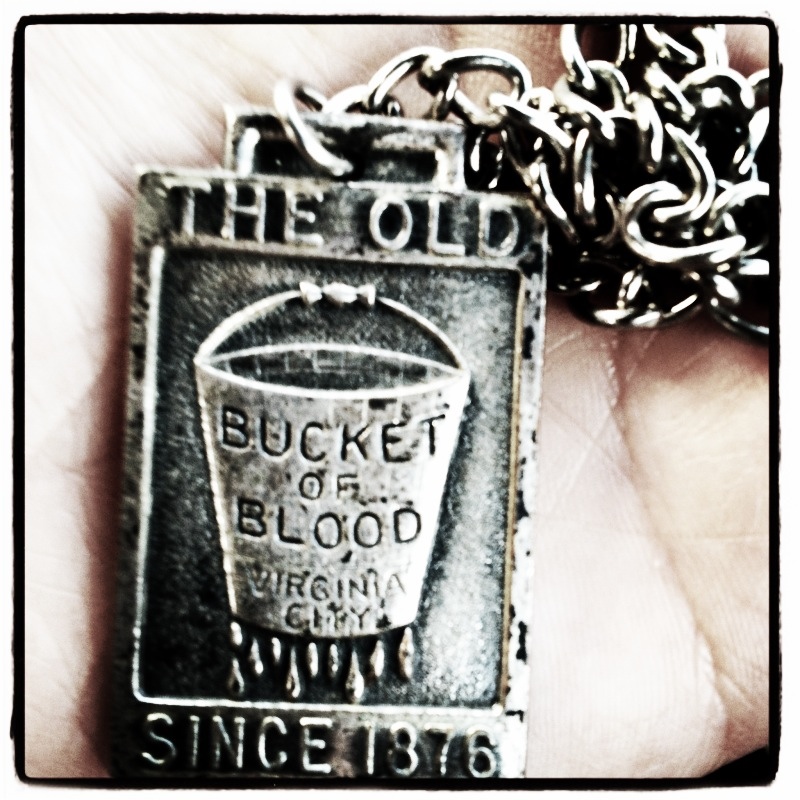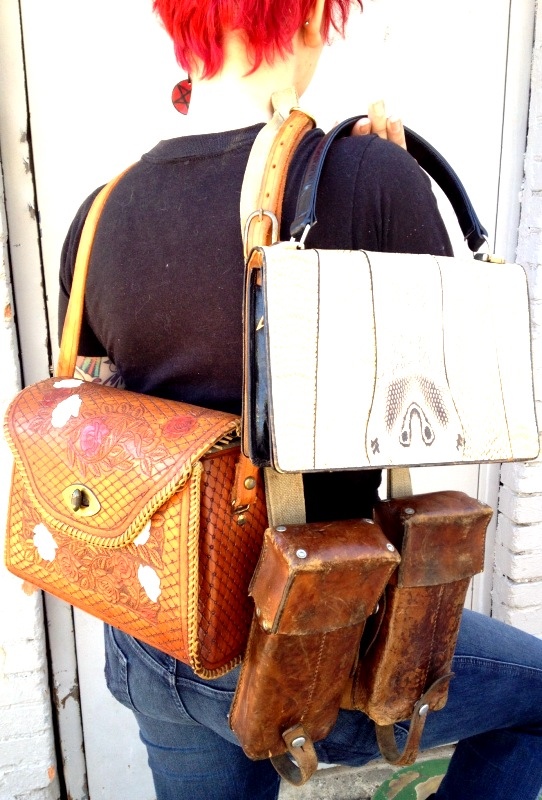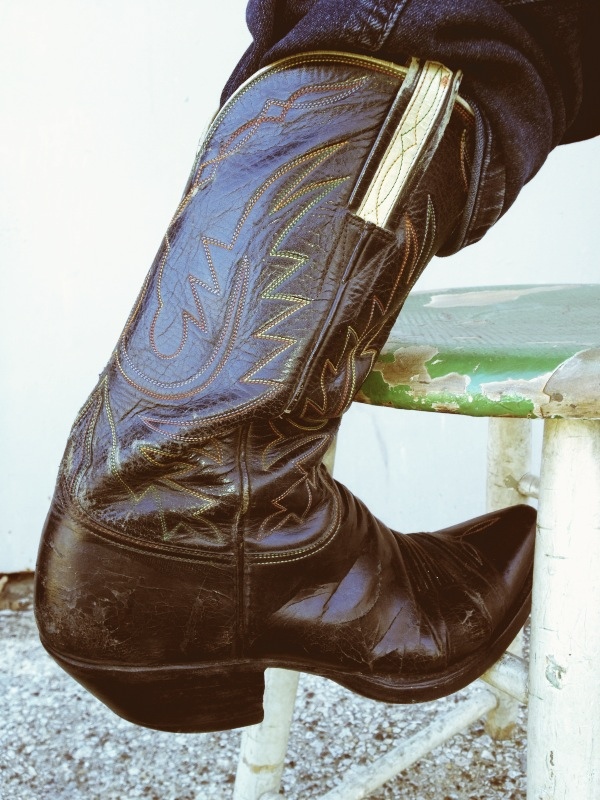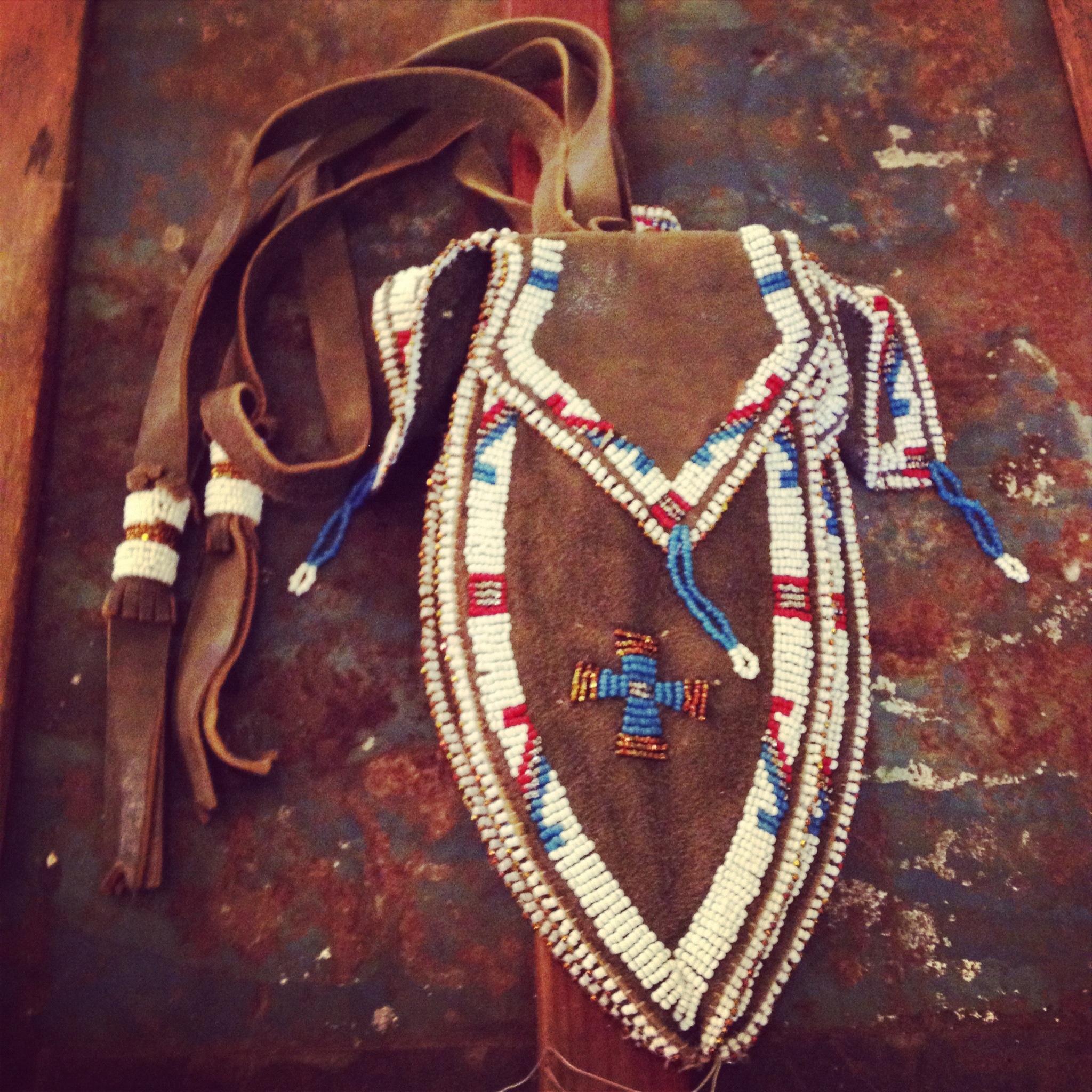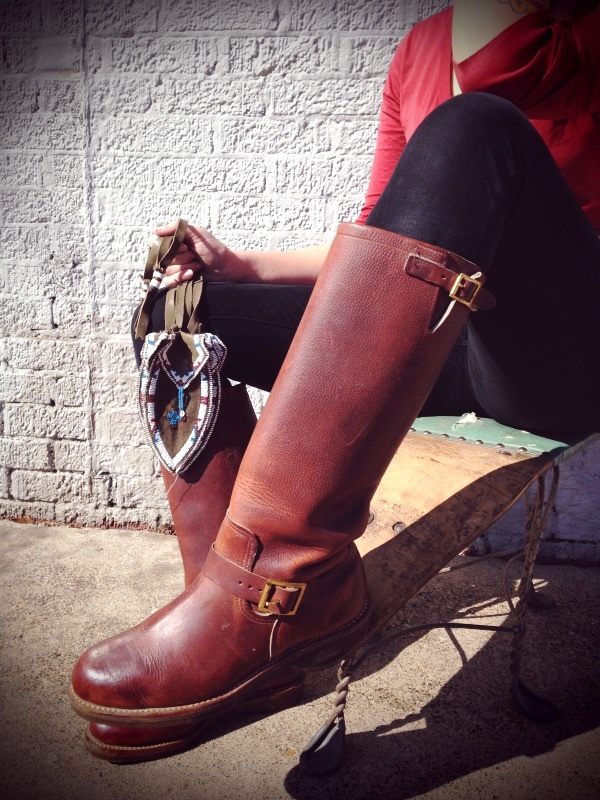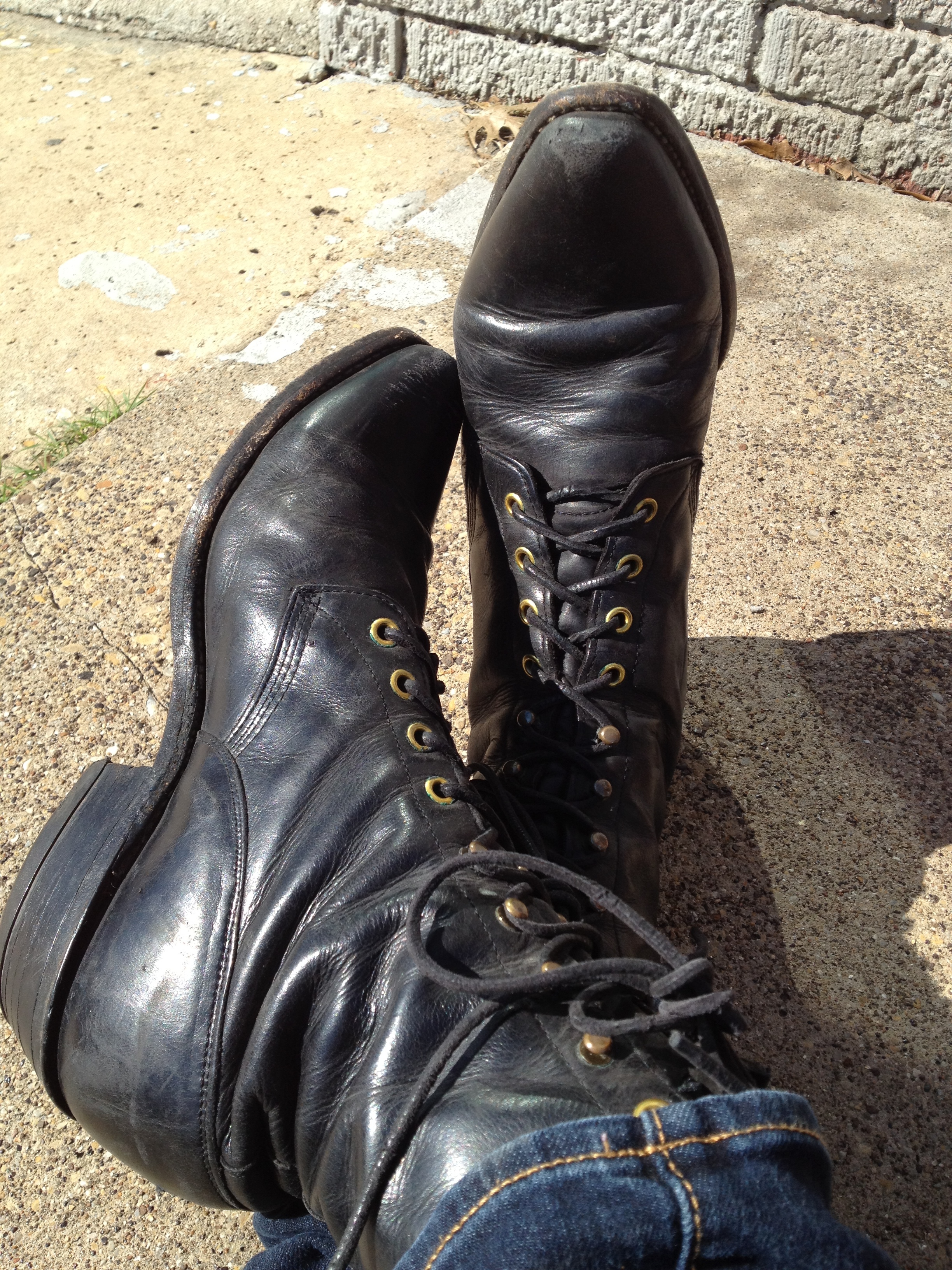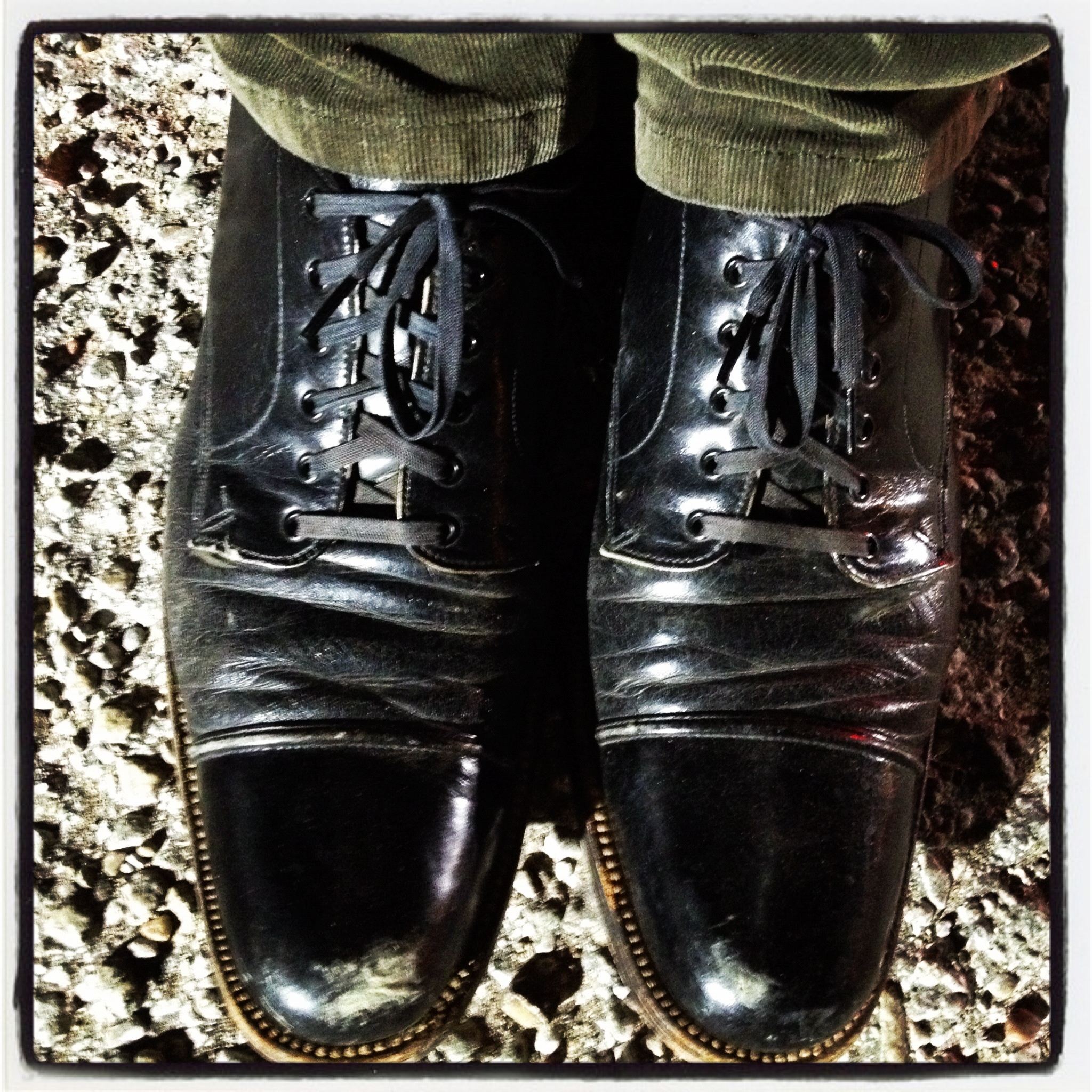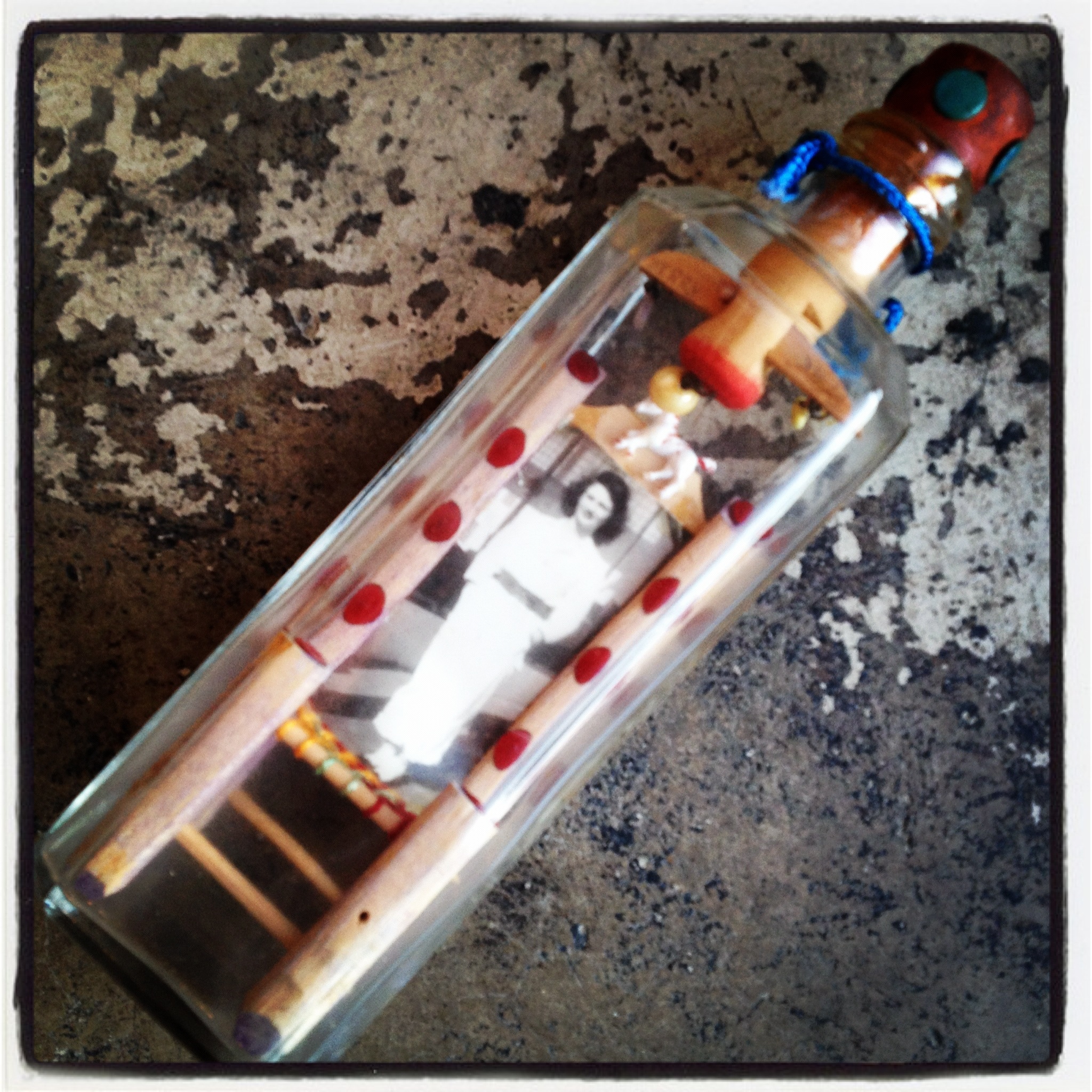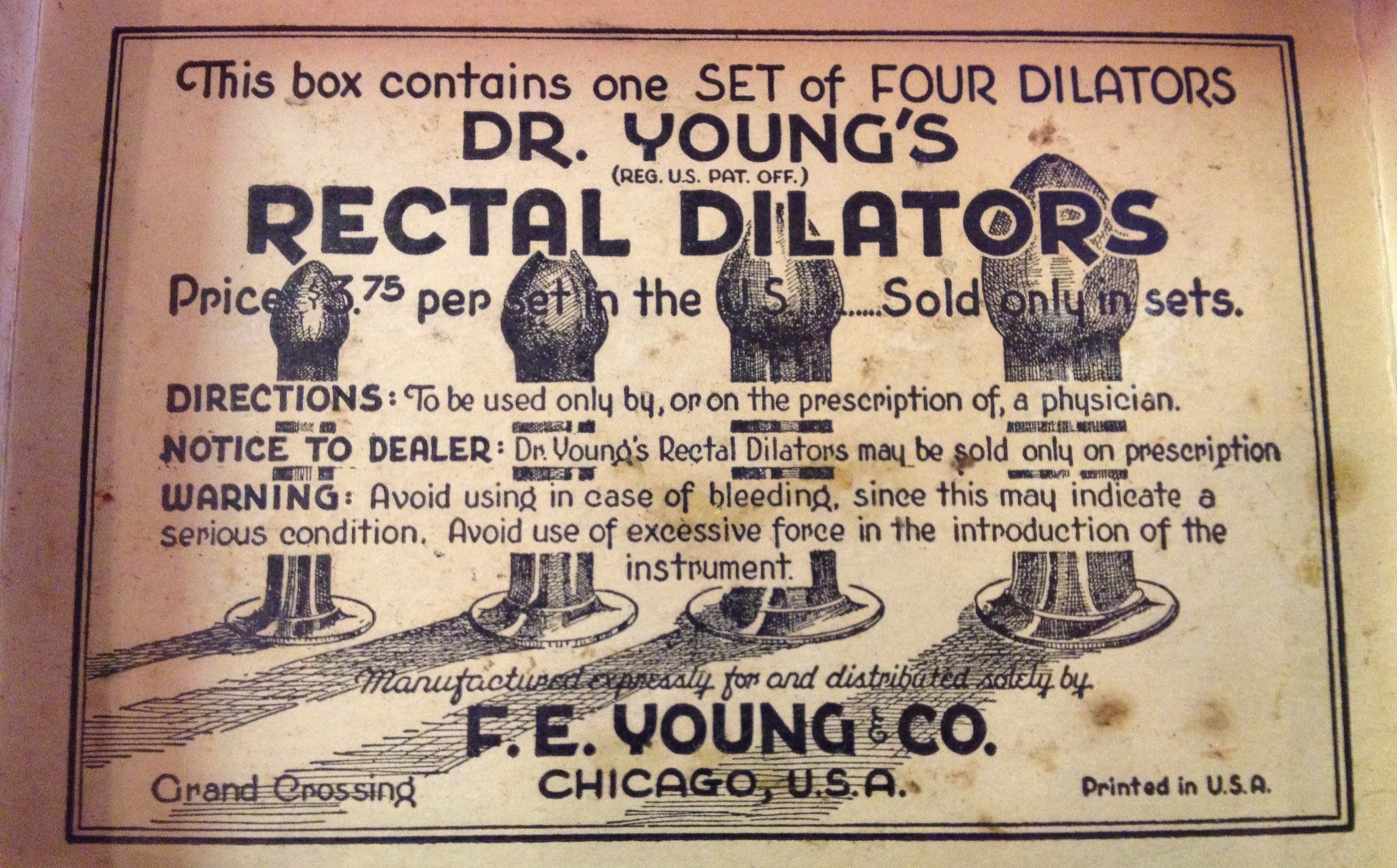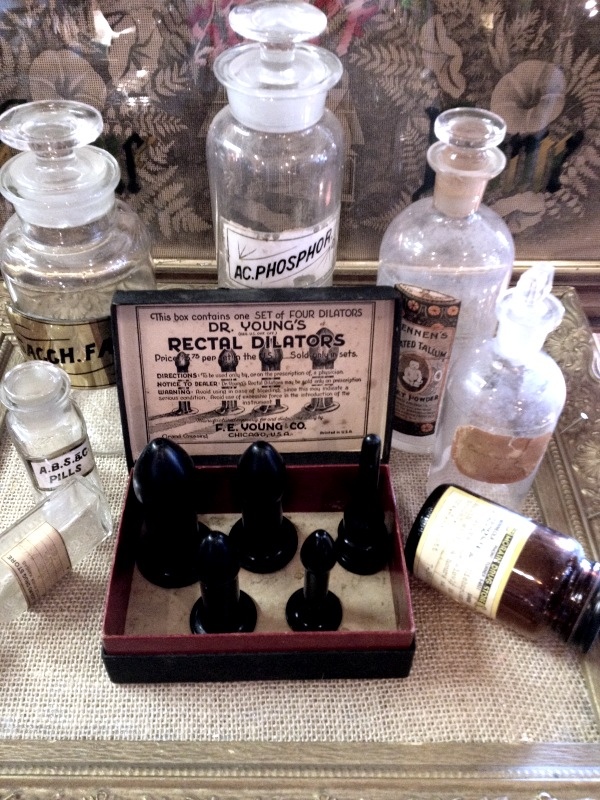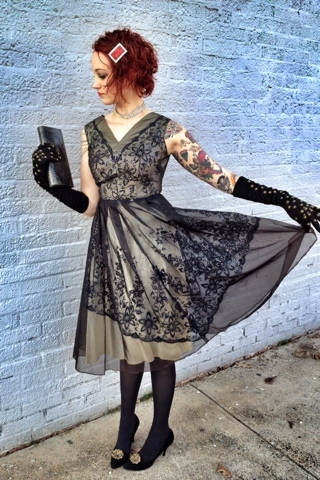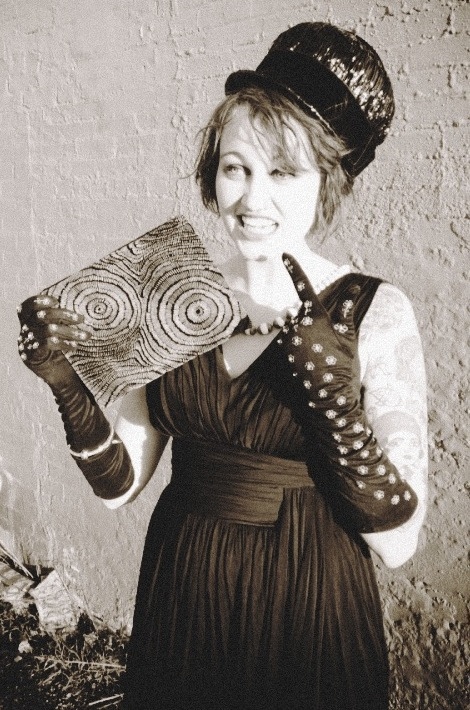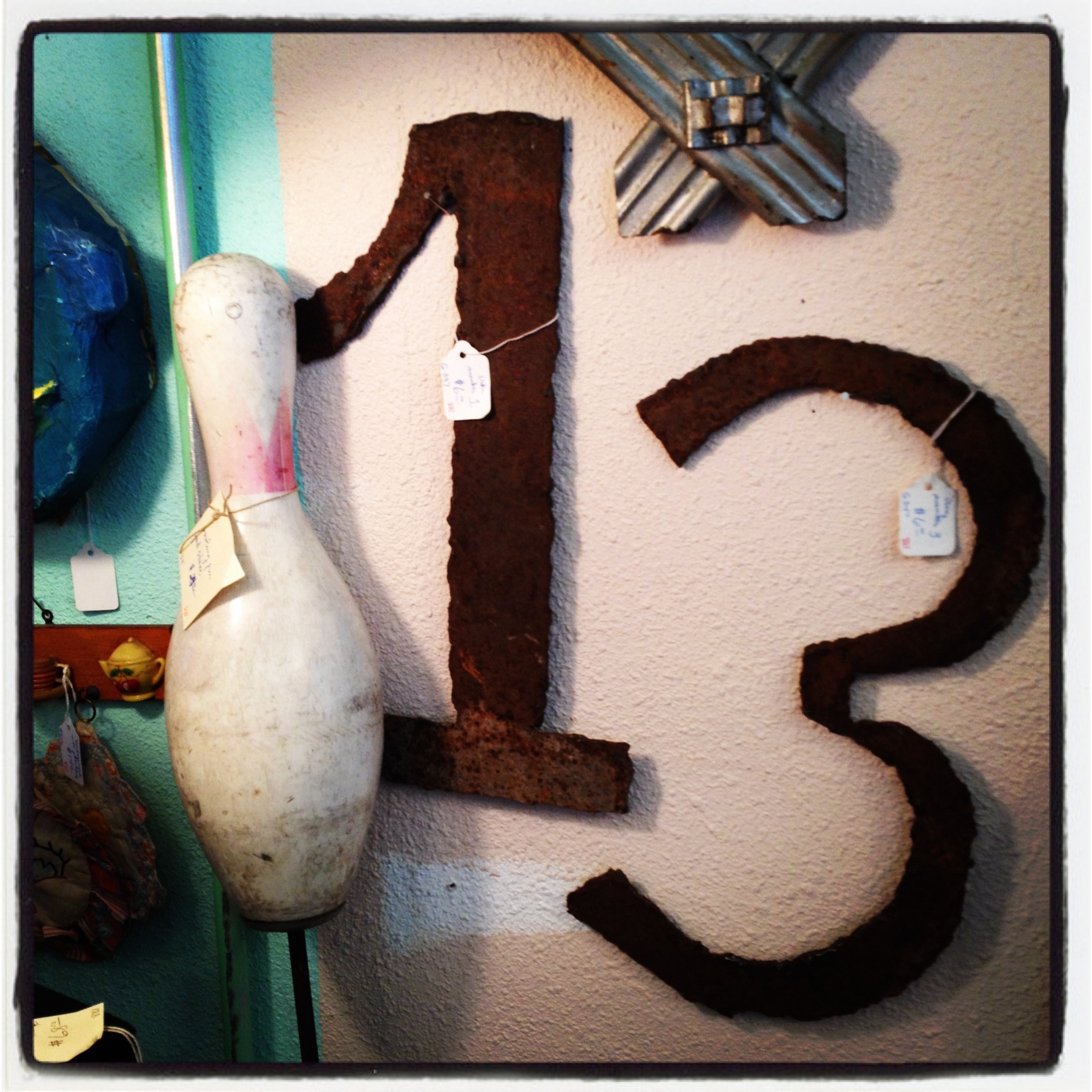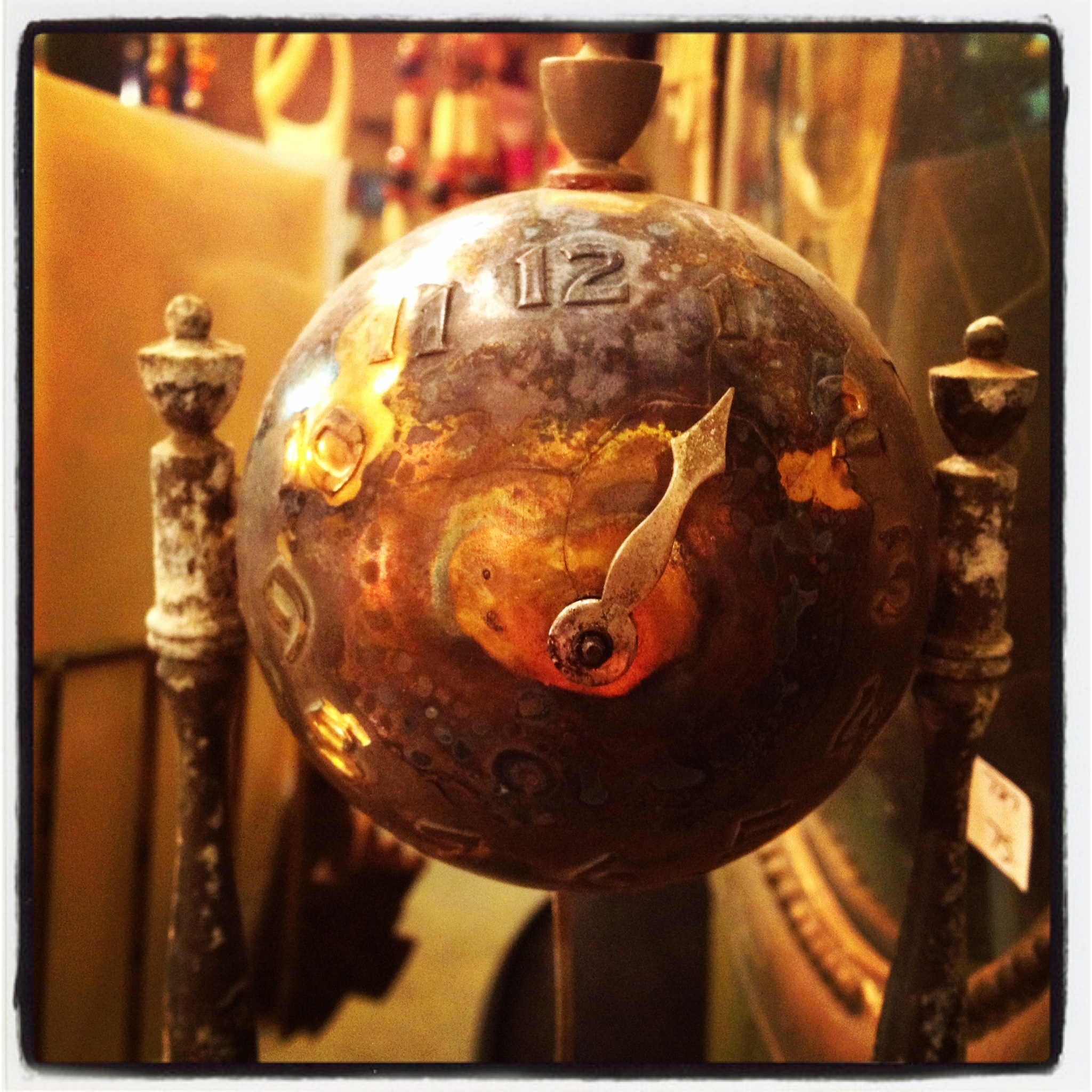Need a Valentine? We’ve got them. Tom’s Valentines are my favorites. We also have Pinky’s skull spoons $48 each.
Tag Archives: antique
Release The Bats
Please Kill Me
Random Parts and Pieces
Bags and Boots
Bottle Photo Whimsey dated 1946
THIS is a great photo bottle Whimsey dated 1946. call us for a price.
Most familiar in the form of a ship-in-a-bottle, whimsey bottles were actually created in a variety of motifs, created mostly by those in isolated, confined or alienated situations, like sailors, farmers, prisoners or lumbermen. Because they required so much time and focus, whimsey bottles were usually made to help pass the time or allay loneliness, or to distract the mind. They offered demonstrations of skill and tokens of affection for those returning home.
Alcoholics and the chronically ill also created those whimseys which were almost always made from liquor or over-the-counter medicine bottles. The original contents killed pain, loneliness or time, the creation of what replaced the liquids may have served the same function. Sometimes after the constructions were finished the bottles were refilled with water to simulate alcohol.
Created with patience and skill, the bottles themselves were never altered. What was wider than the mouth of the bottle had to be folded outside the bottle and opened inside, or glued, hinged or assembled once inside, using tweezers, scalpels, pliers and probes. Except for the bottle-in-a-ship whimsies, these bottles stand upright.
-Bibliography
“The Message in the Bottle” by B.H. Friedman, Art in America, March, 1981
Dr. Young’s Rectal Dilators ‘very rare’
Dr. Young’s Rectal Dilators $65.
Source: Detroit Medical Journal August 1905
As you can see, this ad is aimed at the medical profession, and the product was accepted by orthodox practitioners of the time – it was the claims made about their efficacy that pushed these items into the nether regions of quackery.
After the 1906 Pure Food and Drug Act, US promoters of medicines had to be very careful what they said in their advertising and packaging, but this did not apply to non-drug medical devices. The dilators, (patented in 1892 by Frank E Young but not widely promoted until the early years of the 20th century), were touted as ‘A Radical Cure’ for piles and constipation, the idea being that well-trained muscles in the area in question would be able to cope with even the most solid of ‘solids’. The newspaper ads of 1907 and 1908 (aimed at ordinary punters rather than doctors) included assertions like: ‘cure even the worst cases’; ‘guaranteed to cure’; ‘positive and lasting cure.’ Had they been talking about a drug, the manufacturers would have been in trouble.
To take advantage of the supposed benefits, here’s what you had to do:
First warm dilator in warm water; then lubricate outside of dilator with Dr Young’s Piloment (or if it is not available, with vaseline) and while in a squatting position—or while lying on the side with knees drawn up—gently insert in the rectum as far as the flange or rim. Hold in place a minute and the anal muscles will hold and retain it. Sit or lie down and allow it to remain for half an hour or an hour to get the best results. Ten minutes will accomplish much. When ready to go on to the next larger size, it is best first to use for a few minutes the same size you have been using, inserting and withdrawing it a few times.
In case you’re wondering, the big ‘un was 4 inches long and an inch in diameter. Although at the time of this ad they were made of rubber, Bakelite was later used, and the design changed so that the flange at the bottom was flat and the dilators could stand upright, as in this photo of the exhibit at Glore’s Psychiatric Museum in St Joseph, Missouri (with thanks to cometstarmoon on flickr for the pic).
It wasn’t until 1938 that the new US Federal Food, Drugs and Cosmetics Act encompassed the sale of medical devices, and once that was in force it didn’t take long for the dilators to fall foul of the courts. In 1940, a shipment of dilators and their lubricant, Piloment, was seized at New York and the US Attorney for the Southern District of NY filed libels against them, alleging that they were misbranded.
The misbranding allegations related to the claims that the dilators would permanently cure constipation and piles, that they had many other benefits including promoting refreshing sleep, and that the instructions advised ‘you need have no fear of using them too much.’
The hearing accepted that ‘it would be dangerous to health when used with the frequency and duration prescribed, recommended, or suggested in the following labeling,’ and the consignment was condemned and destroyed.

